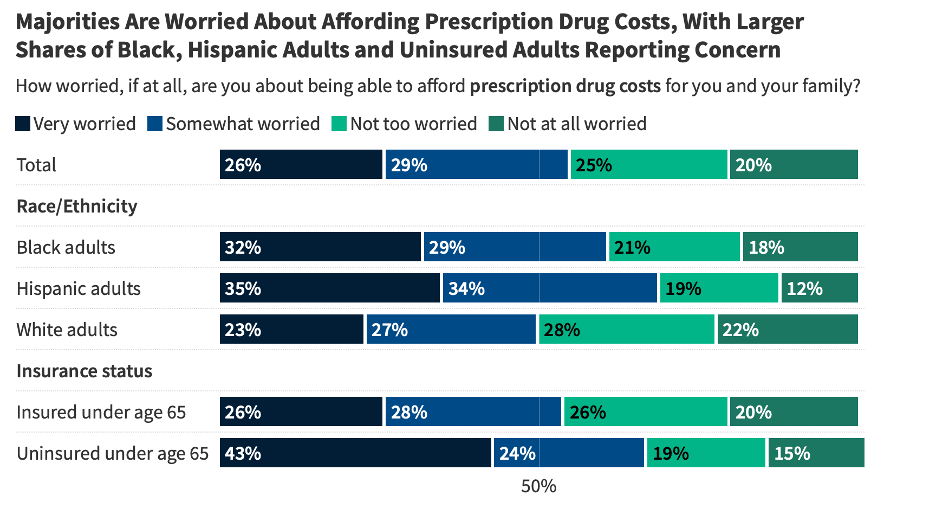The recently passed Inflation Reduction Act gives the Center for Medicaid and Medicare Services (CMS) the power to negotiate drug prices, which had only been allowed for private companies and health plans previously. Unfortunately, the law gave a mandate but not a plan about how the CMS should negotiate drug prices with pharmaceutical companies. Will they follow other countries’ systems or come up with something unique?
According to CMS’ timeline, they will begin a 30-day public comment period sometime this spring for initial price applicability guidance on the “Medicare Drug Price Negotiation Program”. There are fundamental questions to be decided, and number one among them, what is the goal? Lower prices as much as possible or take a cue from European countries that base prices on the drug’s benefit?
Some argue that CMS should aim to lower prices as much as possible, perhaps connecting the drug price to its manufacturing cost. The pricing would be straightforward, but a common drawback cited by pharma companies is that this strategy removes the incentive to innovate new drug treatments. Others argue that the goal should be to connect a drug’s price to its benefits. Then, the government could justify high costs for some drugs because they objectively improve health outcomes. The drawback is that this pricing is complicated.
If CMS pursues the United Kingdom model of drug cost negotiating, it will have to decide how drug benefits are defined. The UK has developed a few ways to tackle this:
- Life year (LY). When survival is the most important outcome, LY is the measure. It is measured in time – the additional survival that might be gained from the drug treatment. LY is used to negotiate prices for vaccines for fatal diseases, cancer drugs, or other treatments that treat fatal diseases.
- Quality-adjusted life year (QALY). This measure goes beyond LY, the extra years of life, to include the quality of those years. As a society, we put a value on better health states. The QA number is based on how the drug improves a person’s quality of life and is measured between 0 (death) and 1 (perfect health). The QA is multiplied by LY to generate a QALY.
- Equal value life years (evLY). The evLY is similar to QALY but gives equal quality values for gains in the length of life. For example, a person recovering from an accident is weighted the same as an extra year of survival for a cancer patient.
- Health years in total (HYT). HYT maximizes the extra years of life and the quality of those years according to how society values those measures. This measure is biased to life-extending treatments over those that improve quality of life.
- Disability-adjusted life year (DALY). DALY tries to measure the burden of disease by measuring the years lost from premature death, like vaccine-preventable deaths or disabilities. DALY is the opposite of QALY and is measured inversely, between 0 (full health) and 1(death). Using DALY, comparisons can be made across diseases and treatments.
- Value of a statistical life (VSL). VSL tries to approximate how willing society is to pay for lowering mortality risk, when that reduction is low.
Whichever negotiating strategy CMS ultimately decides, there will still be a need to educate prescribers on which drugs are more affordable. This is where healthcare tech companies will fill in the gap. Companies like RazorMetrics can analyze the newly negotiated prices and get that information directly to prescribers with a switch order for the lower-cost alternative. This will help maximize the negotiated savings for Medicare and Medicaid by making sure prescribers are a partner in the program.




